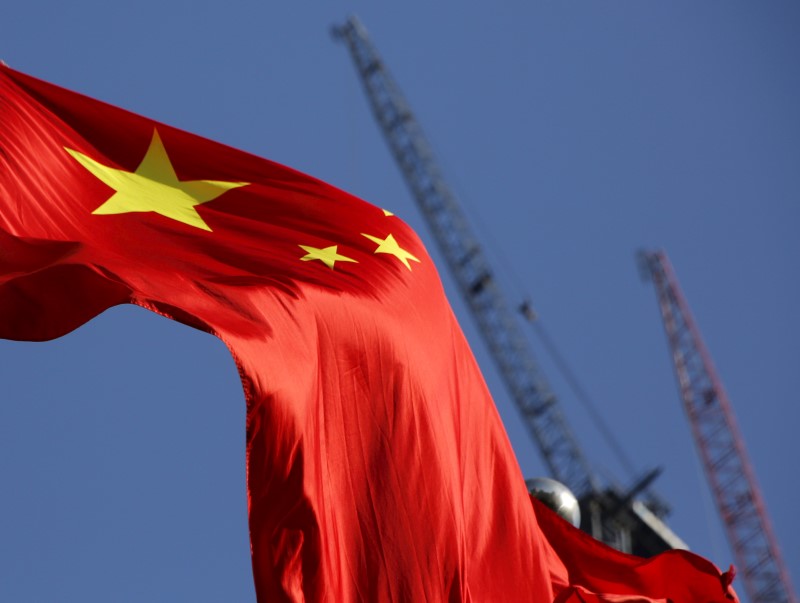Moody’s downgrades Senegal to Caa1 amid rising debt concerns
Investing.com-- Chinese manufacturing activity shrank as expected in February, taking little support from increased demand during the Lunar New Year holiday as broader economic weakness persisted.
The official manufacturing purchasing managers index read 49.1 in February, data from the National Bureau of Statistics showed on Friday. The reading was in line with expectations and worsened from the 49.2 seen in January.
A reading below 50 indicates contraction, with the PMI now remaining in contraction for a fifth consecutive month.
China's manufacturing sector is among the biggest drivers of economic growth in the country, and is at the heart of a sluggish post-COVID rebound over the past year.
In addition to weak local demand, the sector is also grappling with muted export demand as economic conditions in China's biggest export destinations remain dour.
Still, the Lunar New Year holiday helped support demand for services, amid increased travel and retail spending. China's non-manufacturing PMI grew more than expected to 51.4 in February.
Analysts expected a reading of 50.9, after a 50.7 reading in January.
This saw China's composite PMI remain steady at 50.9 in February.
The data indicated that some facets of the Chinese economy- particularly the services industry- benefited from increased consumer spending through February, particularly during the Lunar New Year holiday.
But it remains to be seen whether this growth will persist in the coming months, especially as other facets of the Chinese economy- particularly the manufacturing sector- remain largely under pressure.
Beijing has rolled out a slew of monetary stimulus measures in recent months to help shore up growth. But they have so far provided limited support to the economy, with investors now clamoring for more targeted, fiscal measures.
